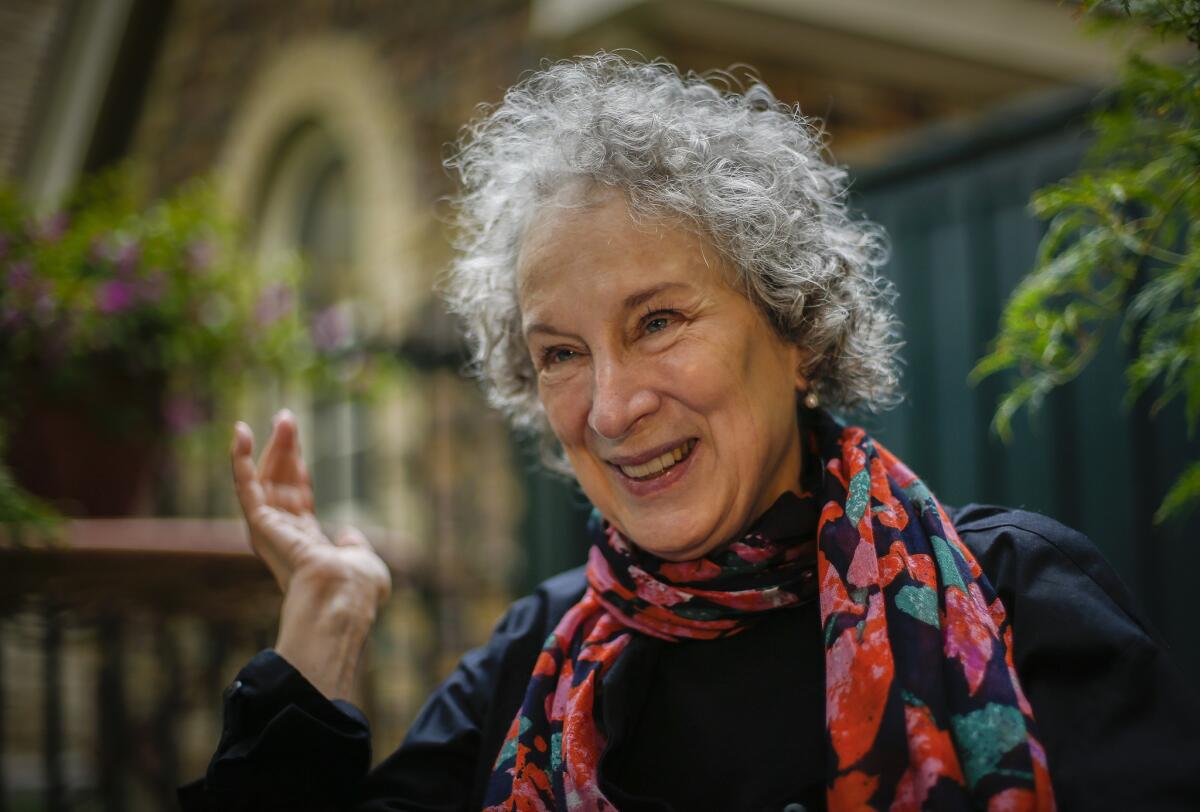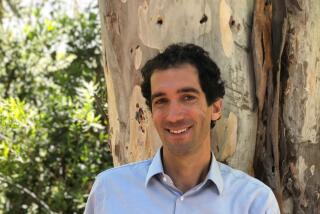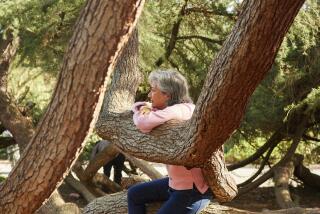The Margaret Atwood story you can’t read

Author Margaret Atwood has contributed the first story to the Future Library.
This week Margaret Atwood stood in a forest in Norway and revealed something about her new story: It’s called “Scribbler Moon.” But that’s all she’s saying: The story won’t be read for 100 years.
It’s part of the Future Library, a conceptual project by Scottish artist Katie Paterson. 1,000 trees were planted in the forest, and when they’re fully grown, they’ll be cut down and made into the paper that Atwood’s story will be printed on in 2114. Until then, no one can read it.
“There’s something magic about it,” Atwood told the Guardian. “It’s like Sleeping Beauty. The texts are going to slumber for 100 years and then they’ll wake up, come to life again. It’s a fairytale length of time. She slept for 100 years.”
During the next century, one specially selected writer will contribute a story each year to the Future Library. David Mitchell has been announced as the 2015 author.
There will be limited editions of the complete run of 100 stories printed on the future paper from the future trees, which are currently saplings not yet knee-high. Certificates now available for about $900 each guarantee the eventual holder -- presumably, if you can buy a certficate now, you won’t be around to collect -- the entire 2114 edition. 100 of the 1,000 certificates have been sold; 3,000 editions in all are planned.
Atwood, whose futuristic fictions include “The Handmaid’s Tale,” “Oryx and Crake” and “MaddAddam,” knows that the entire premise of trees growing to be harvested for paper for print books many decades hence is a bit precarious. “I am sending a manuscript into time,” she wrote in a prepared statement. “Will any human beings be waiting there to receive it? Will there be a ‘Norway’? Will there be a ‘forest’? Will there be a ‘library’? How strange it is to think of my own voice – silent by then for a long time – suddenly being awakened, after 100 years. What is the first thing that voice will say as a not-yet-embodied hand draws it out of its container and opens it to the first page? I picture this encounter – between my text and the so-far nonexistent reader – as being a little like the red-painted handprint I once saw on the wall of a Mexican cave that had been sealed for over three centuries. Who now can decipher its exact meaning? But its general meaning was universal: any human being could read it. It said: ‘Greetings. I was here.’”
Book news and more; I’m @paperhaus on Twitter
More to Read
Sign up for our Book Club newsletter
Get the latest news, events and more from the Los Angeles Times Book Club, and help us get L.A. reading and talking.
You may occasionally receive promotional content from the Los Angeles Times.







